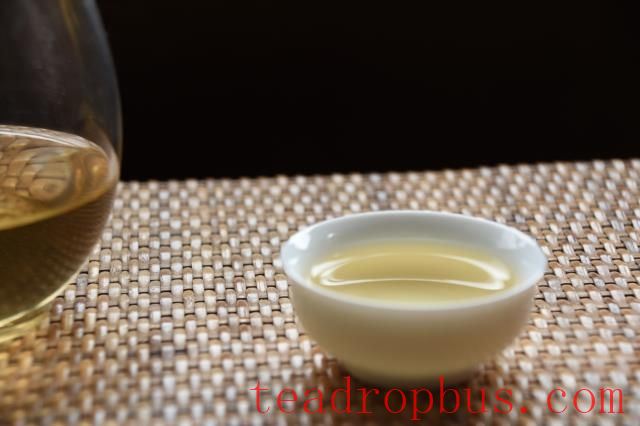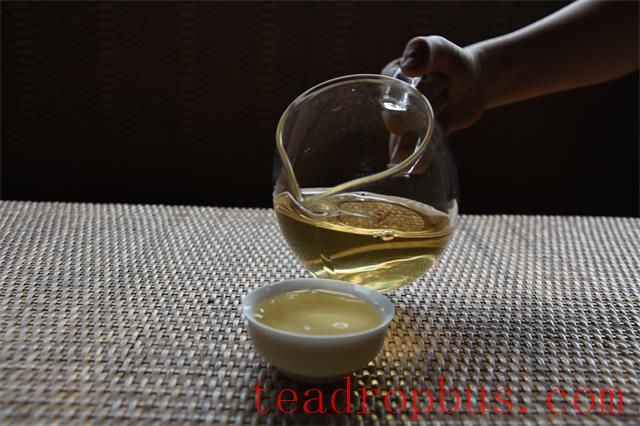Pu'er raw Tea possesses the tea aroma of the pristine mountains, distinct from the mellow character of ripe tea. It is characterized by its “clarity” and “translucence,” qualities that are shaped by the rich essence of large-leaf varietals. Spring tea is made from the shoots and leaves that sprout after the winter dormancy period. After a season of rest and nutrient accumulation, coupled with the moderate spring temperatures and ample rainfall, the shoots are plump and brimming with substances, achieving an exceptionally fresh, full-bodied, and harmonious flavor. The first flush of spring tea, in particular, encapsulates the very essence of spring. So, how should one Brew Pu'er spring tea for optimal taste?

Teaware: A lidded bowl is recommended for brewing to avoid the small spout of a Teapot which can trap the tea and result in a loss of freshness.
Water: It should meet the requirements of being lively, clear, sweet, and light. The source should be good, the water clear and crisp, naturally sweet in taste, and the quality light. Mountain spring water is ideal for brewing tea. If mountain spring water is unavailable, bottled mineral water or purified water can be used instead; tap water should be avoided as it contains chlorine, has a high iron ion content, is hard, and tastes poor.

Pouring Technique: It's best to pour along the side of the lidded bowl, allowing the water to flow gently down the cup wall, ensuring a gentler combination of tea and water. Direct pouring can cause the tea leaves to tumble, leading to a bitter and astringent taste.

Water Temperature: Tea enthusiasts in high-altitude regions of Yunnan can use boiling water directly for brewing, as the local water temperature typically reaches about 92°C. For those in lowland areas, let the water cool slightly after boiling, reducing the temperature to around 90°C. For compressed teas that have undergone some aging and ripe teas, using water at 95-100°C will enhance the flavor. Additionally, factors such as waking the tea, pouring technique, and infusion time should also be considered.